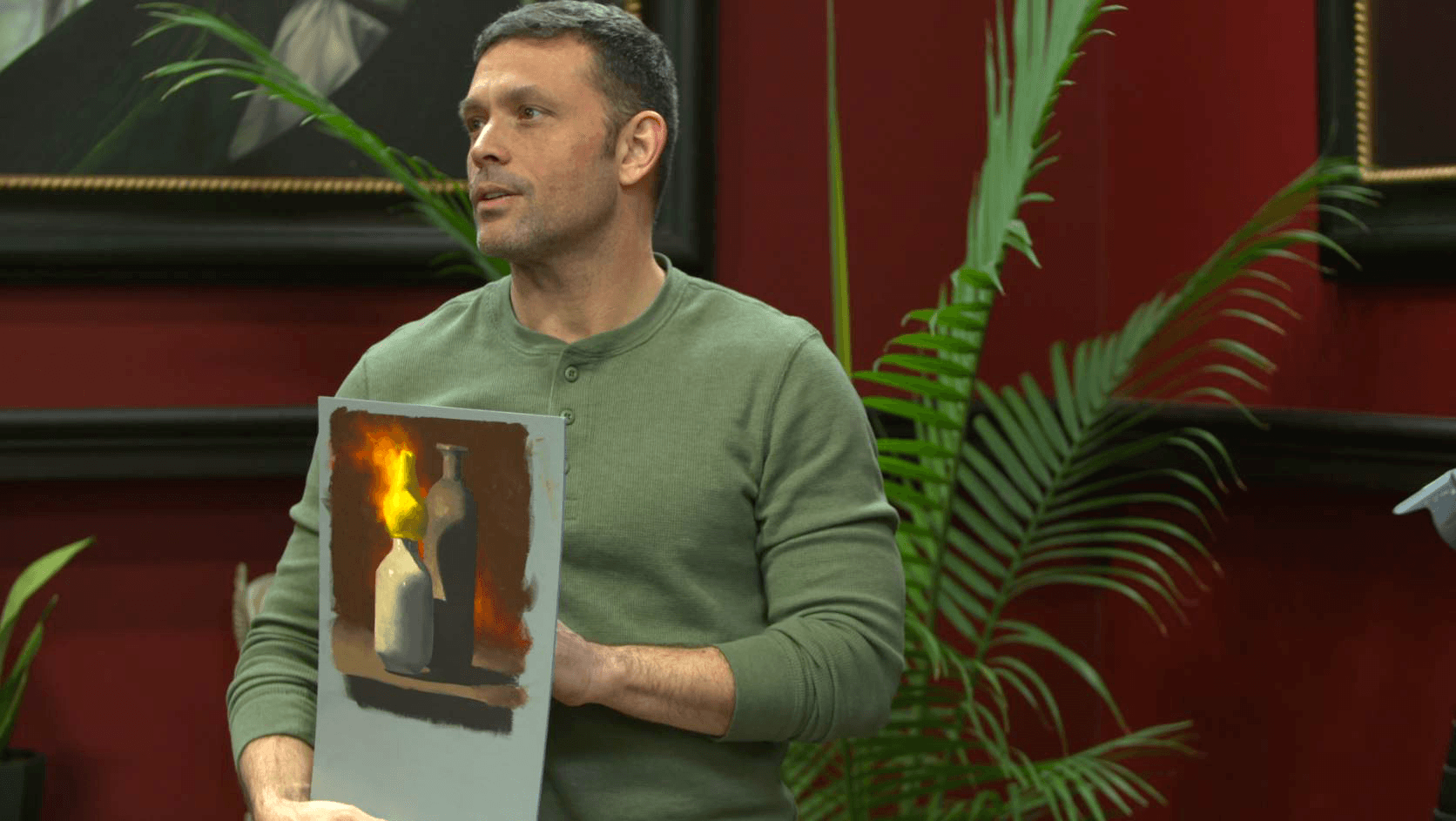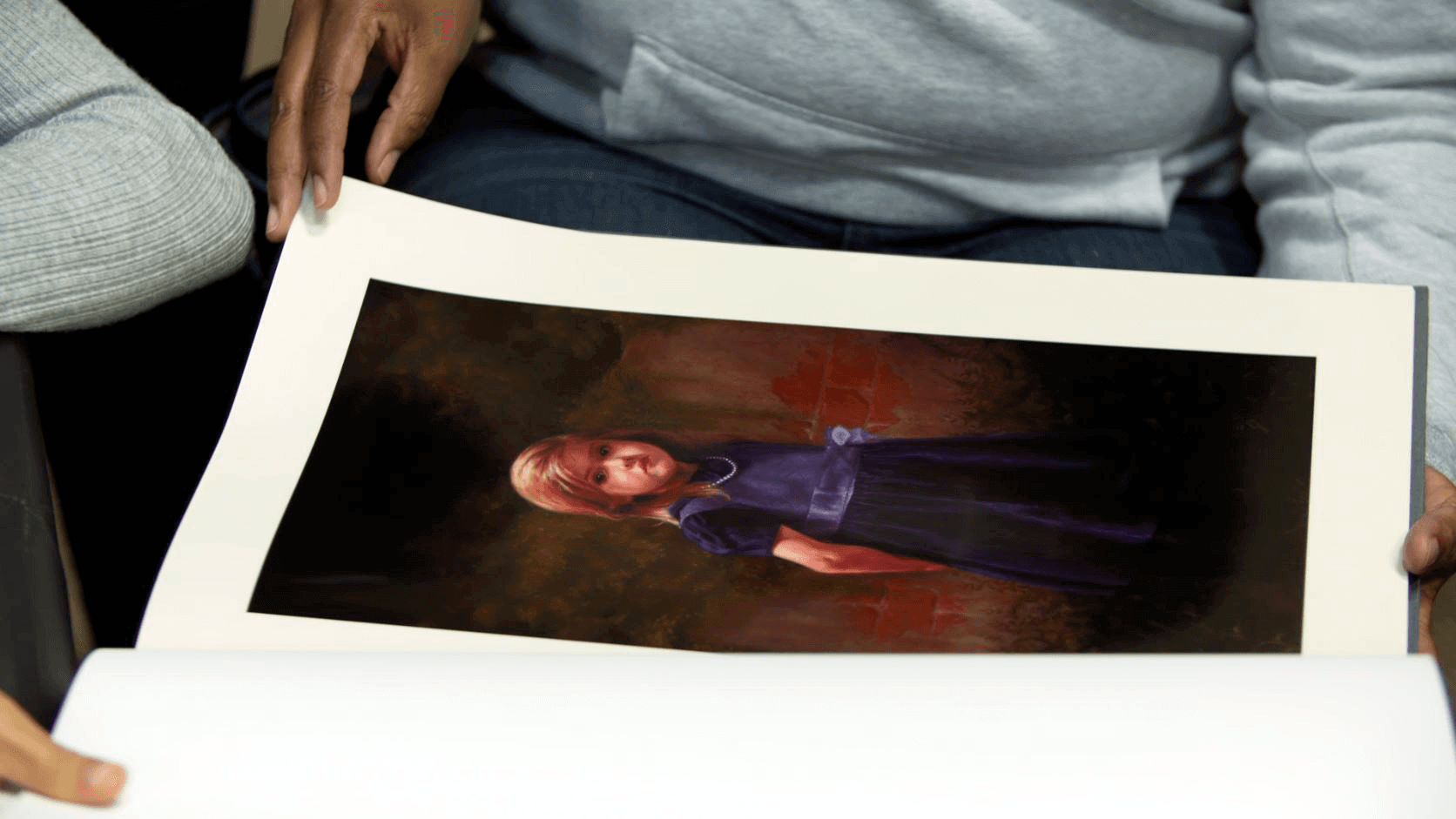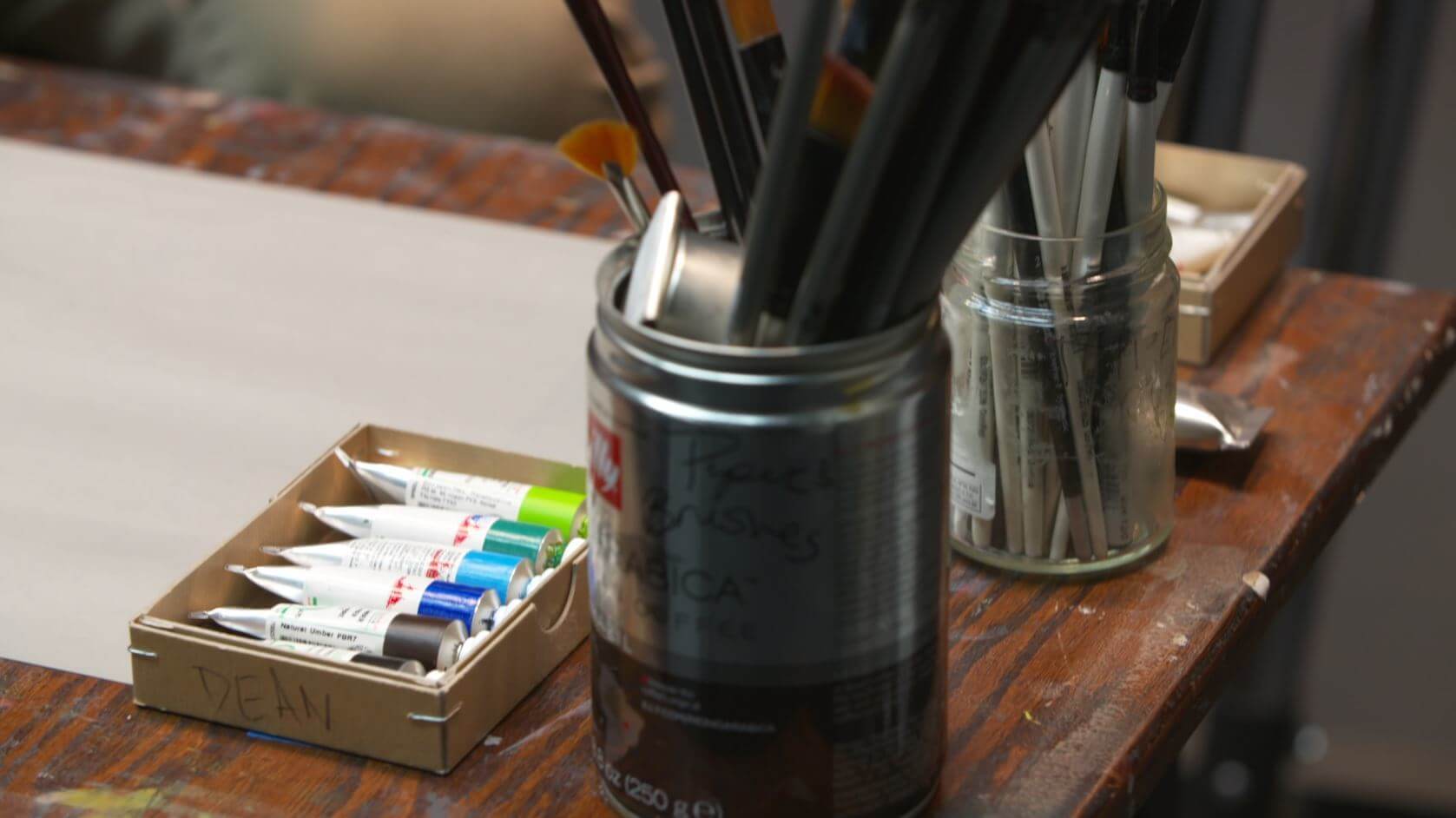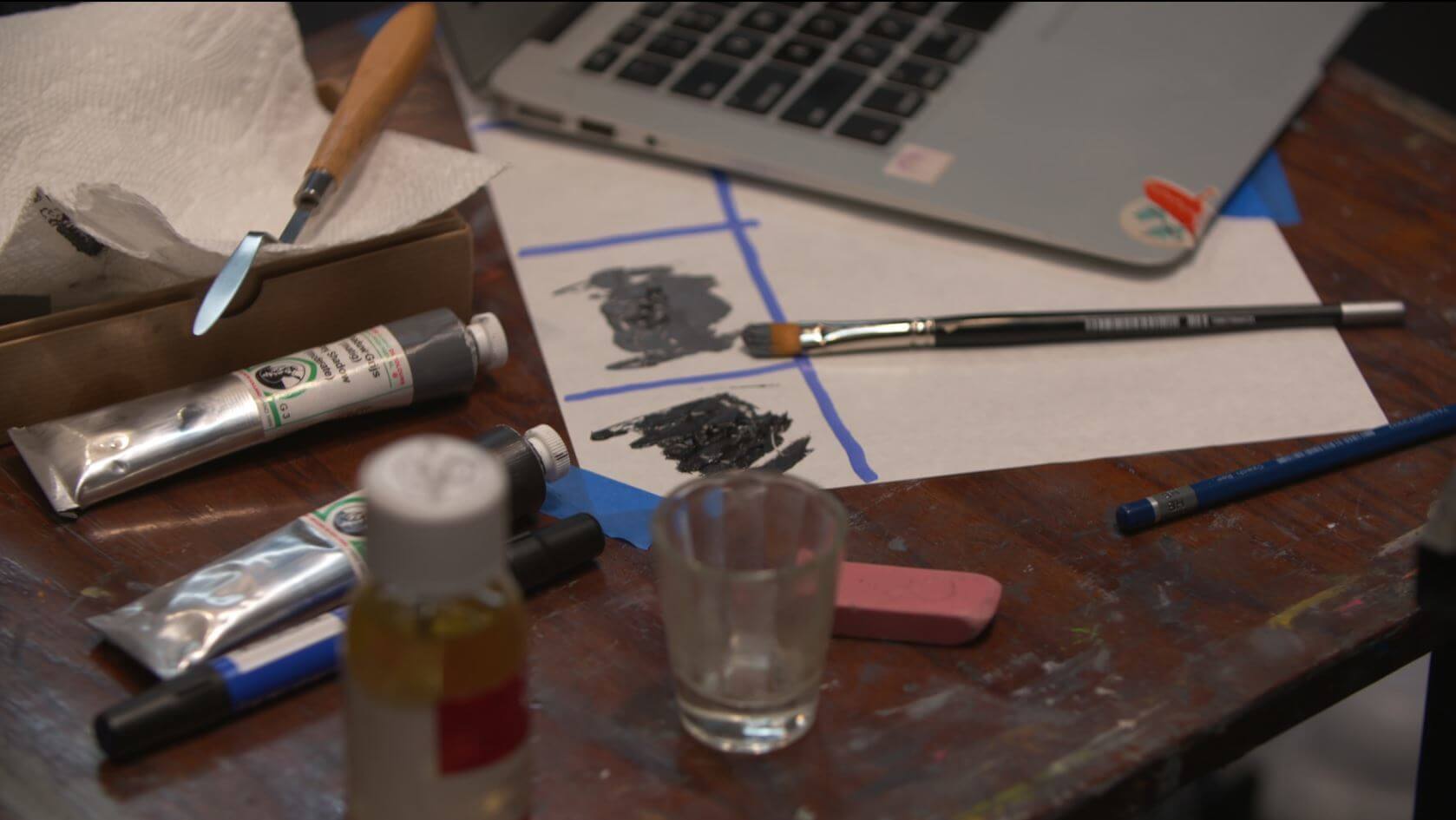
“All paintings are comprised of three moving parts: values, colors, and edges."
-Kevin Murphy
More...
Good news, if you’re wondering how to oil paint, you’re in the right place! To paint confidently, you’ll need to learn the three moving parts that all paintings are made up of. All paintings are comprised of values, colors, and edges.
*Note: Check out this article describing what you need to create an oil painting if you're looking for a hands-on explanation of what you need to get started.
Personal Versus Technical Education

An oil painting of Kevin's two daughters by Zoe Zylowski. See more of her paintings at www.zylowski.com
The personal side of art concerns creative preferences whereas the technical side has to do with understanding the components that make up all art. If you want to create art (regardless of whether you want to paint in watercolor, draw portraits, or be a digital animator) - you need to actually speak the language of art.
Art Has An Alphabet, Vocabulary, And Grammar
It helps to start thinking about art as a language with an alphabet, vocabulary, and grammar. In order to learn a language, you must have an alphabet. So we start with the alphabet which forms the foundations of learning to oil paint. In the Evolve program, we develop our alphabet between Blocks 1-3. Blocks 4-8 are where we're dealing in vocabulary and grammar (think of painting like writing in poetry).

A painting by Kevin in his professional portfolio.
Moving Past The ABCs
By the time we get into the grammar and the vocabulary for art, the alphabet has fallen away, and we don't even think about it anymore. Consider when the last time was that you thought about the letters that made up the words you were using. You speak all the time, you write all the time, and you're not thinking about the letters that comprise the words anymore because you’ve moved beyond that. At that point the foundations that hold language together are taken for granted. You wouldn’t be able to speak without the alphabet, but the foundational elements of language like the alphabet disappear into the background once they've been learned well.
What Is The Artistic Alphabet?

Getting ready to mix oil paints.
The alphabet for art consists of a few basic things. One is that we assess one shadow and one light for each object even though an object could have highlights in the lights and reflections in the shadows. Reflections and highlights muddy the waters, and it makes it harder to solidify the first idea. So even though somebody can see the reflections, we force them to control the impulse to paint them in.
We then turn our attention to grading very specific edges, not based on what's in front of us, but based on their category (cast shadows and form shadows). We define a form shadow in a very specific way. Form shadows are those that are on the side of an object farthest away from the light source and they must be the shadow which the light meets on a curve. Those are two very simple criteria, once you know them. Once you have a handle on a rule like this one, you’ll process that way of thinking without planning on it much like the alphabet.
What Is The Vocabulary And Grammar For Art?

Later on in the process of making art, we can start expanding on the use of these things but to begin, no matter how complex the piece becomes, we stick to our alphabet. The alphabet provides us with the perfect building blocks to create art.
Conclusion
As you create an oil painting you'll (maybe even without realizing it!) create various values, edges, and colors. It's these foundations which give you the tools to be creative. Now you might be wondering what supplies you actually need to get painting. Luckily, there's a post about what supplies you need to get started. You can read that post here: Five Oil Painting Supplies You Need.
FREE MASTERCLASS:
The 4 Part Framework to Develop Artistic Excellence in 12 Months
